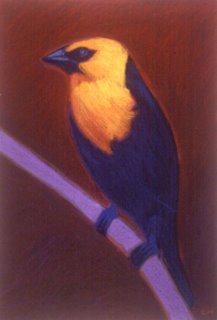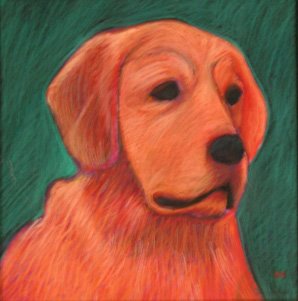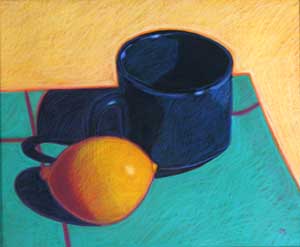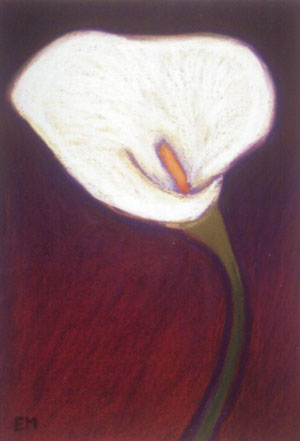 A Portrait of Myself
A Portrait of MyselfEarlier this year, I was asked to participate in an exhibit at the Muskegon Museum of Art in Muskegon, MI. The show was titled
Self: Portraits and Narratives. The following is the statement that I was asked to submit along with my painting.
Direct, intense, concrete, loud, in your face, larger than life, intimidating, boisterous, these are all words and phrases that have been used to describe my paintings or me. These would all be pretty accurate. It was Pablo Picasso who once said that all works an artist makes are self-portraits. From my own artistic experience and philosophy, this is something that I do believe to be true. So, I took these words, thoughts, and ideas and combined them with my artist statement and used this as the foundation of my painting.
I knew that this was a good basis to start with but things are not that simple for me. I have a disability, it is a mental illness called Obsessive Compulsive Disorder (OCD). One of the elements of this disorder is that I will mull things over and over again in my mind to the Nth degree. This is not always a bad thing because it caused me to look at other elements of my artwork and myself and to include them in the portrait. My artist statement was part of the foundation of the painting but I did add other elements to it.
I believe that as an artist, as I watch the world I see chaos swirl all around me. Every so often I reach out into this chaos and grab a piece of it and look at it and study it. Sometimes this one piece is a complete whole but more often than not I reach out and grab more pieces until I feel that I have enough to assemble them into something interesting. I sometimes add embellishments and sometimes I don’t. This is the main reason that I cut the portrait apart into squares. I was able to take the idea of shapes being small abstract paintings and combine it with the idea of randomness. I treated each square as a small abstract painting complete unto itself. Once the 12 individual panels were complete I reassembled them into the full portrait. With this I was able to combine the idea of abstracts and randomness or controlled chaos.
There are also other personal aspects from my life that I added to this painting. A lot of this comes from my OCD which causes me to have a very direct, intense, and concrete personality. The colors are basically dissonant because that is the way most of my life has been lived. I have also been told that my sense of color is very In-Your-Face. Even though I am short I have been told that I have a larger than life presence. All of these have been combined into this portrait.
This portrait is straightforward to the point of being blunt. It is large, bold, simple and intense. It does not pretend to be anything other than what it is. It looks simple on the surface while underneath there are layer upon layer of complexities, various complex microcosms coming together to form a completed whole.
Ed Maskevich
December 2005

















